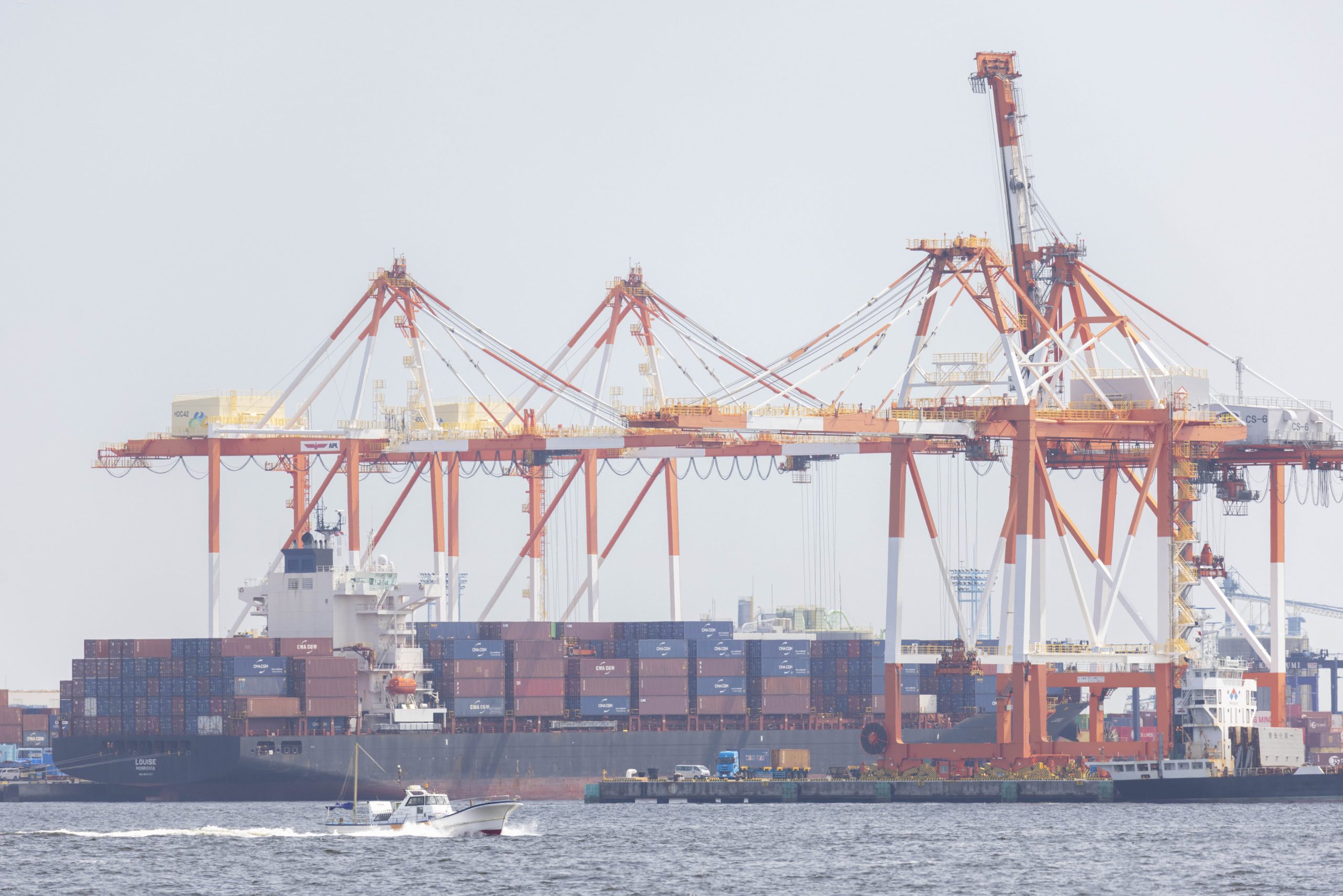Japanese exports in September snapped four months of declines, climbing 4.2% year on year, as shipments to Asia saw robust growth, partially offsetting the drop in exports to the U.S.
Exports, however, missed Reuters’ median estimates of a 4.6% rise.
Shipments to Asia climbed 9.2% compared to the same period last year, boosted by a 5.8% jump in exports to mainland China, Japan’s largest trading partner rose. Exports to the U.S., Japan’s second largest trading partner, dropped 13.3%.
Japan’s semiconductor exports were a driver of the overall growth in September, rising 12.6% in terms of value year on year.
Japan’s exports had fallen into negative territory as the country grappled with U.S. tariffs, with its shipments of automobiles to the world’s largest economy taking a huge hit. Auto shipments to the U.S. dropped 24.2% in September in terms of value, slightly less compared to the 28.4% drop in August.
Tokyo in July clinched a trade deal with Washington, bringing down tariffs on its exports to the U.S. to 15% from the 25% initially proposed by President Donald Trump. The 15% tariffs took effect on Aug. 7.
The world’s fourth-largest economy saw imports increase 3.3% year on year, reversing course from the 5.2% decline in August and beating the 0.6% growth expected by the Reuters poll.
Hirofumi Suzuki, chief FX strategist & head of research at Sumitomo Mitsui Banking Corporation, told CNBC that exports are actually “not as strong as it appears on the surface,” citing the impact of a low base last year. He expects external demand to continue to recover, lifting exports growth, but warns that U.S.-China trade tensions have clouded the outlook.
Japan’s trade data comes a day after the country got its first female prime minister in Sanae Takaichi, after months of political turmoil following electoral losses of the ruling Liberal Democratic Party under former Prime Minister Shigeru Ishiba.
Takaichi’s stance of a loose momentary policy and massive fiscal stimulus is likely to weaken the yen, making Japanese goods more competitive, benefiting exporters — heavyweights on the benchmark Nikkei 225
SMBC’s Suzuki said that even though “the yen was at quite weak levels against the U.S. dollar last year, we have yet to see a significant surge in exports. Policy factors such as tariffs seem to have a larger impact than FX on exports.” The yen hit a low of nearly 150 against the greenback in September, compared with 147 during the same month last year.

Markets have priced in the so-called “Takaichi trade” since she took the helm of the LDP in September, which has seen the Nikkei rise to record highs and the yen weakening past the 150 mark.
The country’s economy has held up better than expected, with the second-quarter GDP being revised upward to 0.5% quarter on quarter from 0.3% estimated initially — analysts in a Reuters poll had had estimated 0.1% growth.
International: Top News And Analysis
Read the full article <a href="Read More” target=”_blank”>here.


